Introduction to GMDSS
During the 18th century, the ships sailing in international and coastal waters were dependent on the Morse code to send any kind of distress signal to a coastal authority or ships in the nearby vicinity during emergency. Since it was a transmission of texture information using tones or lights, this kind of message was never very clear to understand what kind of emergency is there on board ships. Therefore, an internationally agreed safety procedure was adopted by IMO under SOLAS chapter IV which is known as GMDSS- Global Maritime Distress Safety System.
GMDSS and its Uses
On 1st Feb 1999, the fully implemented GMDSS came to picture. It was a set standard for usage of communication protocol, procedures and safety equipment to be used at the time of distress situation by the ship. Under GMDSS, all the passenger ships and cargo ship above 300 GT involved in the voyages in international waters have to carry equipment as per GMDSS.When a ship uses GMDSS, it basically sends a distress signal via a satellite or radio communication equipment. It’s also used as a medium for sending or receiving maritime safety information and general communication channel.
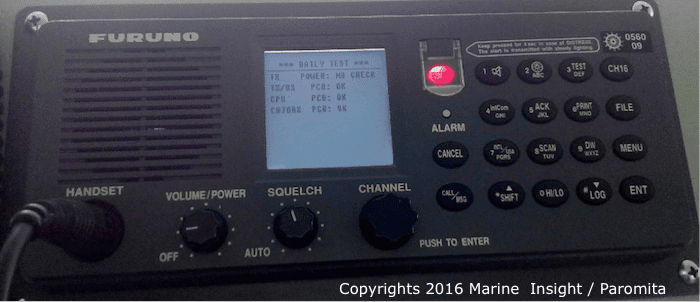 |
| Source: https://www.marineinsight.com/marine-navigation/introduction-gmdss-global-maritime-distress-safety-system/ |
SOLAS
The word SOLAS is an abbreviation and SOLAS full form is “Safety Of Life At Sea”, an international maritime treaty, also known as SOLAS Convention or International Convention for the Safety of Life at Sea (SOLAS), which establishes the least safety measures in the construction, equipment and operation of merchant ships.
IMO SOLAS 74, the last adopted revised convention of 1974, includes a number of regulations under different SOLAS chapters, which deals with safety precautions and safety procedures starting from the construction of the ship to real emergency like – “Abandon Ship”. The convention is updated to meet the safety norms in the modern shipping industry from time to time.
This article explains the contents of SOLAS chapters and regulations providing a summary of SOLAS, i.e. different chapters of SOLAS and the regulations they carry. Marine Insight has provided links of various articles which will help the readers to understand how the regulation of the SOLAS Annexes is implemented on a seagoing vessel and the importance of SOLAS.
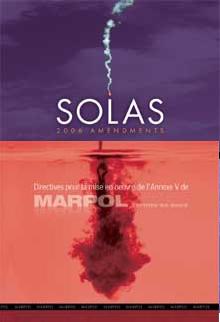 |
| Source: https://www.marineinsight.com/maritime-law/safety-of-life-at-sea-solas-convention-for-prevention-of-marine-pollution-marpol-a-general-overview/ |
The International Convention for the Safety of Life at Sea (SOLAS), 1974 describes the requirement for all merchant ship of any flag state to comply with the minimum safety norms laid down in the chapters which are as follows:
Chapter I – General Provisions: Surveys and certification of all the safety items etc are included.
Chapter II-1 – Construction – Subdivision and stability, machinery and electrical installations: Deals with watertight integrity of the ship, especially for passenger vessel.
Chapter II-2 – Fire protection, fire detection and fire extinction: This chapter elaborates the means and measure for fire protection in accommodation, cargo spaces and engine room for the passenger, cargo and tanker ship.
Chapter III – Life-saving appliances and arrangements: All the life-saving appliances and there use in different situations is described.
Chapter IV – Radio communications: Includes requirements of GMDSS, SART, EPIRB etc for cargo and passenger vessel.
Chapter V – Safety of navigation: This chapter deals with all the seagoing vessels of all sizes, from boats to VLCCs, and includes passage planning, navigation, distress signal etc.
Chapter VI – Carriage of Cargoes: This chapter defines storage and securing of different types of cargo and containers, but does not include oil and gas cargo.
Chapter VII – Carriage of dangerous goods: Defines the International Maritime Goods Code for storage and transportation of dangerous goods.
Chapter VIII – Nuclear ships: The code of safety for a nuclear-propelled ship is stated in this chapter.
Chapter IX – Management for the Safe Operation of Ships: The International Safety Management code for ship owner and the operator is described clearly.
Chapter X – Safety measures for high-speed craft: safety code for the high-speed craft is explained.
Chapter XI-1 & 2– Special measures to enhance maritime safety: Special and enhanced survey for safe operation, other operational requirements and ISPS code is briefed in this chapter.
Chapter XII – Additional safety measures for bulk carriers: Includes safety requirement for above 150 meters length bulk carrier.
Chapter XIII – Verification of Compliance
Chapter XIV -Safety Measures for Ships Operating in Polar Waters
Just like SOLAS, which regulates the shipping industry to follow minimum standards to safeguard life at sea, MARPOL is another important convention which safeguards the marine environment against ship pollution. MAPOL and SOLAS are considered to be two effective safety and environmental protection tools of IMO. 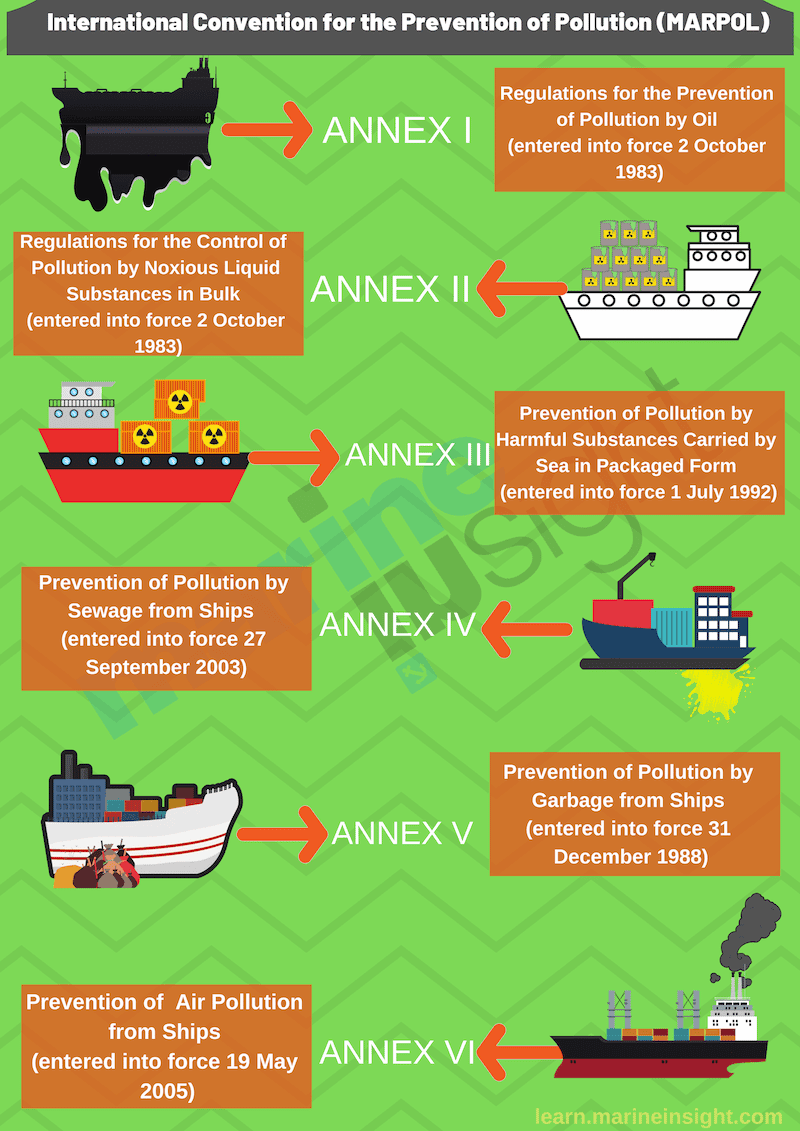 MARPOL 73/78, since it came into force in 1973 and later revised by the protocol in 1978, ensures that shipping remains the least environmentally damaging modes of transport. It clearly highlights the points to ensure that the marine environment is preserved by the elimination of pollution by all harmful substance which can be discharged from the ship. Annex I: Regulation for prevention of pollution by oil (October 1983). Annex II: Regulations for control of pollution by Noxious Liquid Substance in bulk (April 1987). Annex III: Regulation for prevention of pollution by harmful substance carried at sea in packaged form (July 1992). Annex IV: Regulation for prevention of pollution by sewage from ships (Sep 2003). Annex V: Regulation for prevention of pollution by Garbage from ships (Dec 1998). Annex VI: Regulation for prevention of Air pollution from ships (May 2005). STCW At Flying Fish we get a lot of questions about STCW, What STCW is all about and why do I need STCW? What is the difference between STCW, STCW 95 and STCW 2010? To help understand what STCW is all about we thought we would explain STCW and why you need it. STCW stands for ‘Standards of Training, Certification and Watchkeeping’. STCW came into force in 1978 as Governments agreed to standardise training around the world. STCW Basic Safety Training, as it is known today is required by all seafarers who are working onboard commercial ships or Superyachts If you are seeking employment on a commercial ship, ferry, cruise ship or Superyacht, you are required to complete a STCW Basic Safety Training Course. It is worth noting, all seafarers are required to complete an ENG1 medical. If you need to complete the STCW Basic Safety Training Course then we can help you get qualified What’s the difference between STCW 78, STCW 95 and STCW 2010?The first International training requirements for merchant ships were introduced in 1978. This was part of a scheme by the IMO (International Maritime Organisation) to standardise Maritime training across the world. Before 1978 individual Governments decided the standards, without consulting other countries. As a result, training practices and procedures varied from country to country and with shipping being a global industry, one country would not accept another’s training standards. This lead to ships being delayed in port, lots of red tape and political arguments between nations. The 1978 STCW convention, a meeting of all IMO member states, decided on a standard of training and certification to be adopted by all states hence forth. This agreement was ratified in 1978 and came into force in 1994. On 7th July 1995 the STCW code was updated, these were mainly administrative changes to bring the convention up to date. Basic principals of the STCW convention were that all crew should receive basic training to cope with emergencies on-board. This basic training would last around a week and would include the following:
Update to the STCW – Manila amendmentsIn 2010 the Manila amendment set the latest training standards and certification for seafarers which finally came into force in 2014. The latest changes introduced Security Awareness training providing seafarers new to the industry guidance on security related issues onboard STCW update training now requiredBetween 1 July 2013 and 1st January 2017 All seafarers who hold the basic STCW Personal Survival and Fire Prevention and Fire fighting certificates were encouraged to complete an STCW refresher course before the new regulations came into force in 2017 From 1st January 2017 all seafarers are required to provide evidence ( updated certificate) that the seafarer has completed an STCW refresher course in Fire Fighting and Sea survival in the last 5 years If your STCW Fire Fighting and Personal Survival certificates are more than 5 years old you must complete an update training course to be able to work on-board. Meeting the latest requirementsThe STCW Basic Safety Training we provide at Flying Fish complies with the latest guidelines laid down by the Maritime and Coastguard Agency (MCA), our governing body. MLC What is the Maritime Labour Convention (MLC)? The Maritime Labour Convention 2006 (MLC) is an international agreement of the International Labour Organisation (‘ILO’) which sets out seafarers’ rights to decent conditions of work. It is sometimes called the ‘Seafarers’ Bill of Rights’. It applies to all seafarers, including those with jobs in hotel and other passenger services on cruise ships and commercial yachts, In 2013 the MLC became binding law for 30 countries. As of January 2019, a total of 90 countries had ratified the MLC 2006, which has resulted in more than 91% of the world’s shipping fleet being regulated. For detailed information please visit the ILO website. More than 100 pages long, the MLC 2006 sets minimum requirements for nearly every aspect of working and living conditions for seafarers including recruitment and placement practices, conditions of employment, hours of work and rest, repatriation, annual leave, payment of wages, accommodation, recreational facilities, food and catering, health protection, occupational safety and health, medical care, onshore welfare services and social protection. LATEST UPDATESA second set of amendments to the Maritime Labour Convention (MLC) for improving crew safety and welfare came into force on 8 January 2019.
Bullying and harassment, including sexual harassment, is an abuse of human rights and living on a ship offers limited alternatives to avoid it. Although these changes are non-mandatory, flag states must give due consideration to implementing them. A further amendment has been made to mandatory Standard A5.1.3, whereby flag states may extend the validity of a Maritime Labour Certificate (which is otherwise limited to a maximum period of validity of five years) by up to a further five months. This will apply where a ship has successfully completed an MLC renewal inspection, but a new certificate cannot immediately be issued and made available on board. THANK YOU SO MUCH |
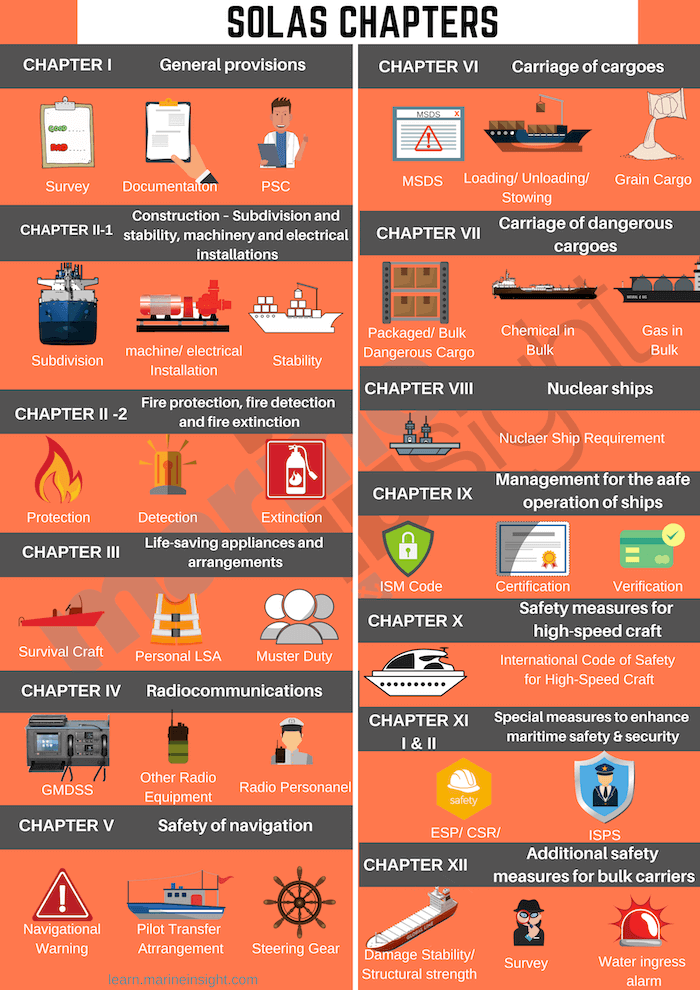
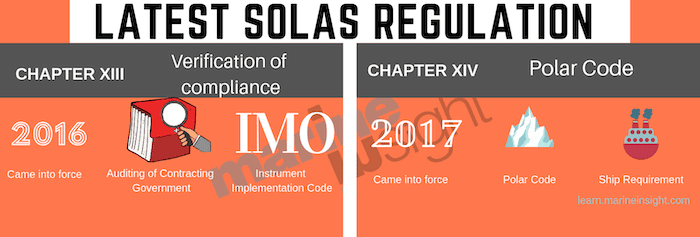
Comments
Post a Comment